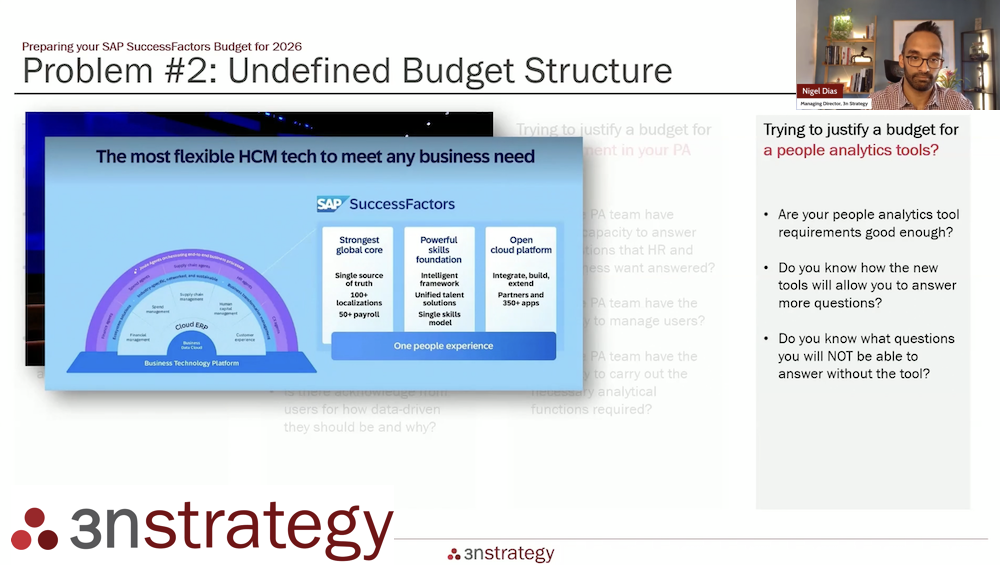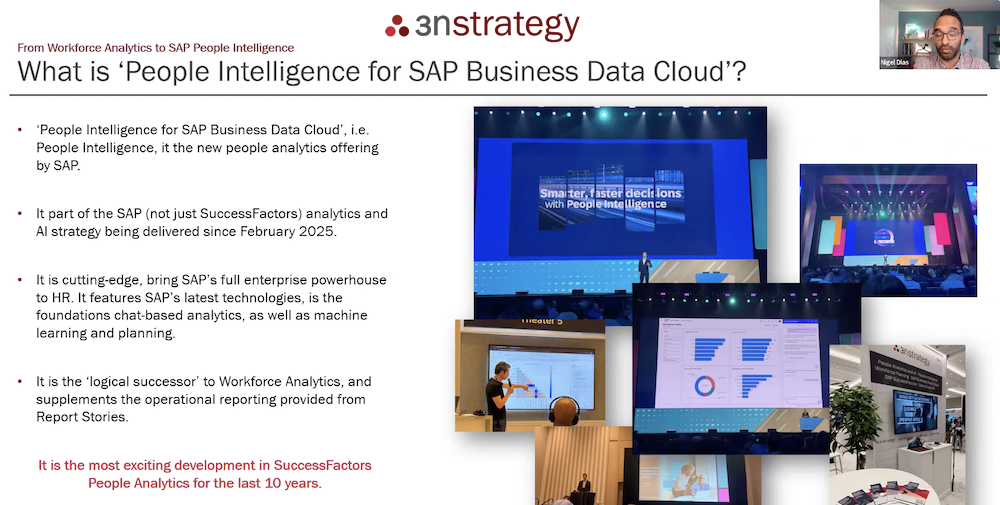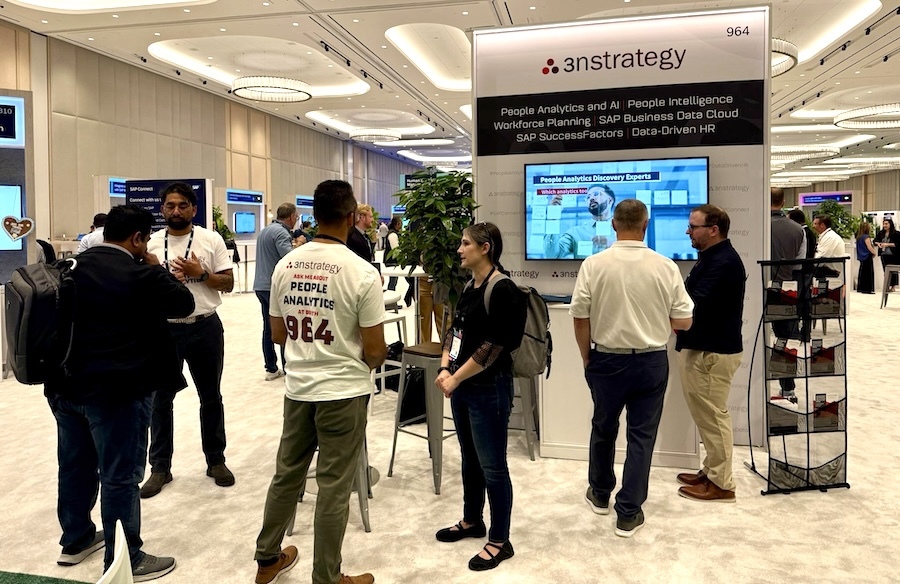What is HR Analytics?
HR and People Analytics is the practice of producing and using evidence (in the form of data and analytics) to increase the likelihood that a better decision is made about the workforce.
What are the benefits of HR Analytics?
What do HR analytics teams do?
How does HR analytics help business and HR? What does an HR analytics strategy include?
Whilst many people and HR analytics teams have evolved from traditional HR reporting teams and the functions, modern HR and business professionals should treat these new functions differently. Historically, it may have been enough to request specific lists of HR data from reporting teams without providing any context. Nowadays, modern people and HR analytics teams have far more expertise than simply pulling lists - if you engage your analytics team properly, they will guide you and produce evidence that you didn't even know existed before.
It is always worth remembering that whilst people and HR analytics will provide you with evidence, it is all based on likelihood and probability. As with any risk-based evidence, analytics is not a silver bullet and should supplement - not replace - HR expertise.
What types of skills do HR analytics teams have?
-
Consulting Skills - Whilst it is possible to improve all decisions using evidence, it isn't usually feasible. The best PA professionals will be able to understand and prioritise what decisions will most significantly help the business, and scope the best way to use evidence to improve decision-making.
-
Analytical Skills - Different types of HR analytics teams need different types of levels of analytical skill sets. Some functions require a good understanding of basic statistics, whilst other require advanced specialist knowledge of data science.
-
Data Knowledge - HR data is more complex than most people think. Every day, your organisation is generating thousands of HR data points that could be analysed to help decision making. HR analytics teams need to understand how, when and where to collect this data, and understand the nature of this data when they analyse it.
-
Visualisation and Communication - Analytical insights need to communicated in a way that enables decision-making. When decision-makers stop making a decision, and start asking questions about the evidence instead, you have already failed. HR analytics teams should aspire to create an Evidence Experience that ensures decision-makers keep making the decision without stopping to ask about the data or the statistics involved.
-
Functional and Technical Proficiency - Most (not all) HR analytics teams still have a responsibility for analytics and reporting. It is therefore usually required that teams have someone that understand not only analytics, but how cloud-based technologies are designed and rolled out.
What skills are required to effectively use HR analytics evidence?
What are the different types of HR Analytics training?
Whether you are working in an HR analytics team or you are an HR decision-makers looking to improve your own knowledge and use of HR evidence, there are many different ways to learn.
- Reading. The least formal of training, there are many dedicated sources of information to improve your knowledge of people and HR analytics. The HR Analytics ThinkTank, our partnership with University of Leeds and Utah State University, contains a lot of free information to get started with.
- Short Courses/Workshops. If you need a short, dedicated piece of introductory training to different analytics topics, there are many available on the market place. Check out most major corporate training sites for shorter online courses, or if you prefer live sessions, check out our workshop selection.
- Specialist and University Courses. If you are looking for a more formal training there are providers, including Universities, for both the HR side of the practice and technical/data science skills.
- eLearning. If you are looking to scale a shorter, more accessible eLearning course that can be shared with entire HR functions, there are many providers that sell their own catalogues. These are particularly effective as part of a wide scale adoption/change management programme, or technology roll out.
- Community and Events. It is probably most useful to hear and meet people who already work in the industry. Their stories and enthusiasm will probably help your own. If you are looking for free, less formal events, we suggest checking out your local HR and People Analytics Meetup community. If you are ready for some bigger, perhaps consider attending a conference or two.
What type of HR Analytics tools do functions need?
-
Data Collection - These are tools that collect raw data about the workforce. This could be core HR data to learning and performance data to organisation network information to business data.
-
Data Transformation - Data transformation tools take raw data and transform them into a language of metrics which enable decision-makers to take actions.
-
Data Science and Statistical - These analytical tools take HR metrics and data and allow analysts and data sciences to conduct simple or advanced calculations and produce more useful forms of evidence.
-
Visualising and Reporting - The way a decision-maker experiences data is key to evidence-based decision-making. Different reporting tools will make it easier to create effective visuals and scale those insights across the business more or less easily.
What is the difference between HR Analytics and People Analytics?
What are the different types of HR Analytics functions?
How do we get started with HR Analytics?
If you are thinking about starting an HR analytics function, we recommend you begin by identifying the decisions that HR and business professionals are already making - there isn't much point in investing time and effort into generating evidence that no one needs (which arguably discounts it from being evidence).
If you are able to identify what decisions are being made, and by whom, then you can prioritise which decisions matter the most to your organisation, and build a strategy that creates more evidence-based value over time for those people.
.png?width=2433&height=555&name=3n%20Strategy%20PNG%20Logo%20(Transparent).png)






